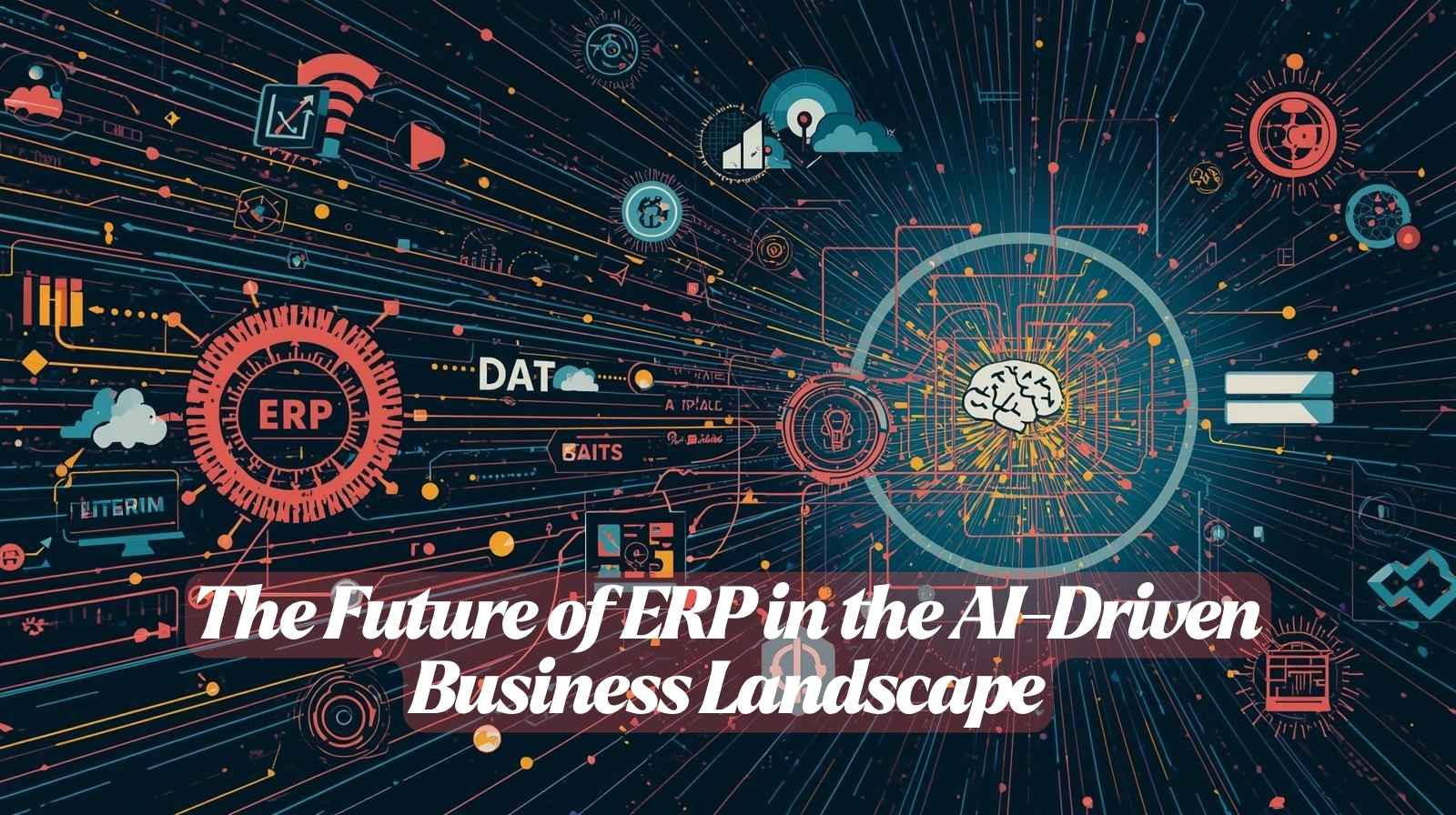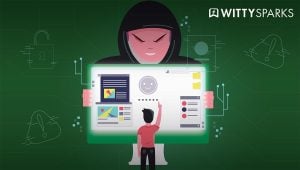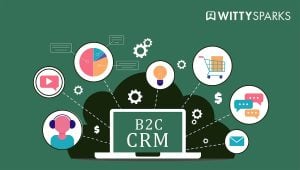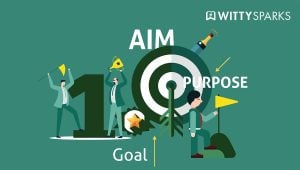Walk into any boardroom today, and chances are someone’s already raised the topic: “How are we leveraging AI?” It is the question on everyone’s mind, and with good cause.
On this page
Artificial Intelligence isn’t just changing how we do business, it’s changing the foundation of business itself. But while AI is stealing the spotlight, another system is quietly evolving in the background, one that’s been managing the operational backbone of companies for decades: the ERP.
ERP, or Enterprise Resource Planning, has long been the trusted source of truth across departments – finance, procurement, inventory, HR. If there’s a transaction, a policy, or a process, chances are it lives in your ERP.
But let’s be honest – for all its strengths, traditional ERP systems haven’t exactly been known for innovation. Stability, yes. Flexibility? Not so much.
Now, that’s changing.
We’re not just talking about faster reports or cloud-based deployments. We’re talking about a deeper transformation, where ERP systems aren’t just repositories of data but become intelligent, context-aware systems that support decision-making, automation, and predictive planning. And the key driver? AI.
ERP: No Longer Just a System of Record
Historically, ERPs functioned like giant filing cabinets. Useful, but static. You fed them data, and in return, they gave you reports. Want to know how much inventory you have on hand? Easy. Want to predict when you’ll run out? Not so much.
In today’s hyper-dynamic business world, that’s not enough.
What companies now demand from their ERP systems is intelligence. That means more than automation. It means pattern recognition. It means systems that can advise, not just execute. And most importantly, it means shifting from being reactive to being proactive.
We’ve entered an era where business systems, ERP included, must anticipate problems before they occur and surface opportunities before competitors spot them. The old model of “manage and monitor” is giving way to a new one: “sense and respond.”
What AI Brings to ERP (And Why It Matters Now)
The integration of AI into ERP platforms isn’t just another product update. This isn’t just another system upgrade. It’s a deeper shift, one that’s changing the way businesses relate to the tools they rely on every day. The question is: how does that shift actually show up when you’re running a business?
1. Smarter Forecasting, Built-In
Gone are the days when sales forecasts relied solely on last quarter’s numbers. AI-enhanced ERPs like NetSuite are pulling in data from internal sources and external ones – market trends, customer behaviors, even regional events – to generate dynamic forecasts that adapt in real time.
A CFO doesn’t have to ask for a forecast anymore. The system already has one ready – updated nightly, refined by every new data point, and presented with confidence intervals.
2. Anomaly Detection That Works While You Sleep
Imagine your ERP catching an unusual spike in supplier costs before your purchasing team notices it. That’s the power of machine learning models trained on historical transaction data.
It’s not just that the system flags the change – it suggests why it might be happening, and what you could do about it.
These aren’t science-fiction features. Companies using cloud-native ERP platforms are already building out these capabilities through embedded AI or connected AI services.
3. Conversational Interfaces That Actually Understand Context
Many ERP users still fear their systems because the interfaces feel like a maze. But AI is changing that through natural language processing.
Instead of clicking through five layers of menus, you type: “Show me Q2 margin trends by product line, excluding wholesale accounts.”
The system returns a clear, filtered visual – often with the ability to drill down or explore related questions, just like you would in a conversation with an analyst.
That’s not a distant future; it’s already being piloted in environments running platforms like NetSuite with voice or chat-based extensions.
4. Automation That Doesn’t Just Follow Rules – It Learns Them
Robotic Process Automation (RPA) gave us rule-based automation. But AI goes further. It looks at how users interact with the system, learns patterns, and begins to suggest or even perform tasks autonomously.
Let’s say a finance team typically flags certain invoices for review based on vendor history or expense category. An AI-enabled ERP will learn that pattern, and start routing or prioritizing those invoices automatically.
It’s not just about speed. It’s about letting humans focus on exceptions, not the routine.
NetSuite’s Role in AI-Ready ERP Transformation
In the broader shift toward intelligent ERP systems, NetSuite is carving out a meaningful place, not because it follows trends, but because it anticipates the infrastructure businesses need before they even know they need it.
Unlike many legacy platforms that bolt AI on as an afterthought, NetSuite’s architecture was built with extensibility and flexibility at its core. That design decision is now paying dividends as companies search for systems that can evolve with them, not limit them.
What sets NetSuite apart isn’t just its cloud-native backbone, but how it enables mid-market and fast-growing companies to move into AI-enhanced processes without overhauling their entire tech stack.
With tools like SuiteFlow, which allows for building logic without coding, and SuiteAnalytics Workbooks, users can start asking better business questions, and actually get answers, not just rows of static reports.
On top of that, it works well with Oracle’s wider AI tools, making it easier for businesses to explore things like better forecasting, spotting issues early, or tightening up supply chain operations.
That said, the results you get from AI hinge on how you put it to use. A solid strategy makes all the difference. This is where a seasoned NetSuite implementation partner becomes not just helpful, but essential. AI features don’t just “switch on.”
They depend on data hygiene, workflow alignment, and user training, all of which a good partner brings to the table. They help businesses not only deploy NetSuite but configure it in a way that’s future-proof and AI-capable.
Companies that treat ERP as a one-time install often find themselves stuck when it’s time to scale. Those that plan for adaptability, with the right implementation expertise, are the ones reaping the benefits of AI today, not years from now.
Challenges Businesses Need to Be Ready For
Let’s not sugarcoat this: integrating AI into ERP comes with friction. Anyone who’s ever tried to modernize legacy systems knows that change isn’t just about technology, it’s about people, processes, and mindset.
1. Data Debt Is Real
If your data isn’t clean, your AI will give you garbage, just faster and more confidently. No AI system can thrive on messy data. You can’t expect meaningful results from AI if the data feeding it is disorganized.
That’s why the first real step isn’t about models or algorithms, it’s about cleanup. Companies need to go through the unglamorous process of removing duplicate records, aligning mismatched fields, and setting up rules to keep everything consistent.
It’s not the exciting part, but without it, even the smartest AI will stumble.
2. Change Resistance is Inevitable
Employees may not immediately trust AI insights. And let’s be honest, some will fear that automation is here to replace them. Leadership needs to frame AI as an assistant, not a threat. The narrative matters.
Pilots, training, and visible wins go a long way in getting buy-in.
3. AI Doesn’t Know Your Business (Yet)
Prebuilt AI models are a good starting point, but they’re rarely the final answer. Every business operates with its own set of variables: industry-specific processes, regional quirks, and internal ways of working.
To get real value, companies often need to adjust and refine these algorithms so they actually reflect how things run on the ground. That’s why ERP vendors who allow customization, like NetSuite, will have the upper hand.
How ERP Use Cases Are Evolving Across Industries
Industries are seeing different implementations of AI in ERP systems. They vary from subtle to revolutionary.
- Retailers have also started using AI to not just forecast demand, but to actually make real-time changes to promotions, getting rid of excess stock and generating serious dollars. A fashion company cut overstock by nearly 20% simply by matching their sale events with localized buying habits.
- Even in manufacturing, things are becoming smarter. By combining IoT sensor data and ERP processes, plant managers are able to forecast machine trouble before it becomes a major one. It’s not about stopping every hitch, it’s about reduced surprises that bring a standstill to production.
- In the world of professional services, AI is quietly reshaping billing practices. By digging into timesheet data, firms are spotting overlooked hours or projects that regularly go off track. It’s giving teams a clearer view of where time, and money might be slipping through the cracks.
- Hospitals have started doing something pretty simple but smart. Instead of assigning staff the same old fixed shifts, they’re looking at real patterns, like when patients actually come in, and adjusting the schedule from there. It’s not perfect, but it means fewer gaps during busy hours and less pressure on the team. It’s helping reduce the constant shuffle and making care feel a bit more responsive.
The common thread? The ERP is no longer passive. It’s active, alert, and adaptive.
ERP + AI + Cloud: A Perfect Storm for Agility
The cloud made ERP more accessible. AI is now making it smarter. But together, they create something bigger: agility.
You don’t need a 12-month implementation cycle to roll out new capabilities. You can test, learn, and scale, often in weeks. Cloud-native platforms like NetSuite give you the environment to experiment, fail safely, and iterate quickly.
That’s not a tech advantage, it’s a strategic one.
The Future Is Already Here – Just Unevenly Distributed
Some companies are already well into their AI-ERP journey. Others haven’t even started. The gap is widening, and the longer you wait, the harder it gets to catch up.
But here’s the thing: you don’t need to do everything at once.
Start with one workflow. One use case. One data set. Build momentum. Show value. Then scale.
Because if you wait for AI in ERP to become “mainstream,” you’ll be watching your competitors accelerate past you while you’re still gathering requirements.
Final Thought: ERP as an Intelligent Partner
If there’s one idea to take away from this transformation, it’s this, your ERP system is no longer just a tool. It’s evolving into a partner. A partner that learns, adapts, and helps you think more clearly about your operations.
That’s the future. It’s not just about having more data. It’s about having systems that know what to do with it, and when to act.
And if you’re running a platform like NetSuite, the foundation is already there.
The question is: are you ready to build on it?
Guest Author: Nikunj Sharma is the Co-Founder & CTO at ERP Peers. With 8+ years of experience, he specializes in Celigo iPaaS and NetSuite support services, delivering tailored ERP solutions across eCommerce, CRM, and finance platforms.




